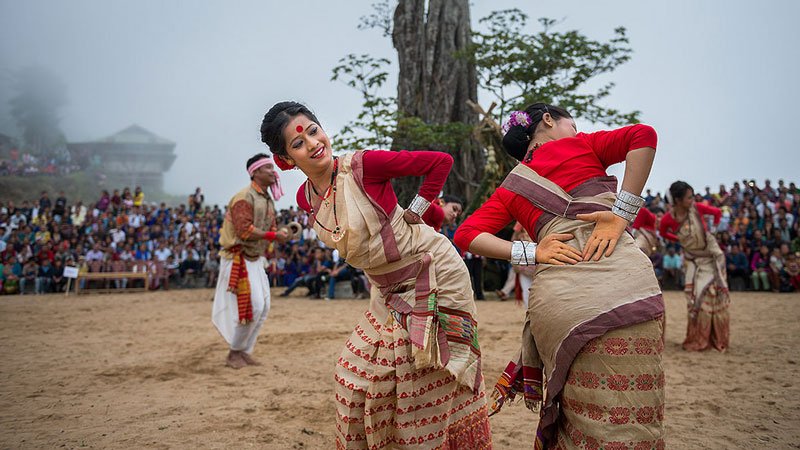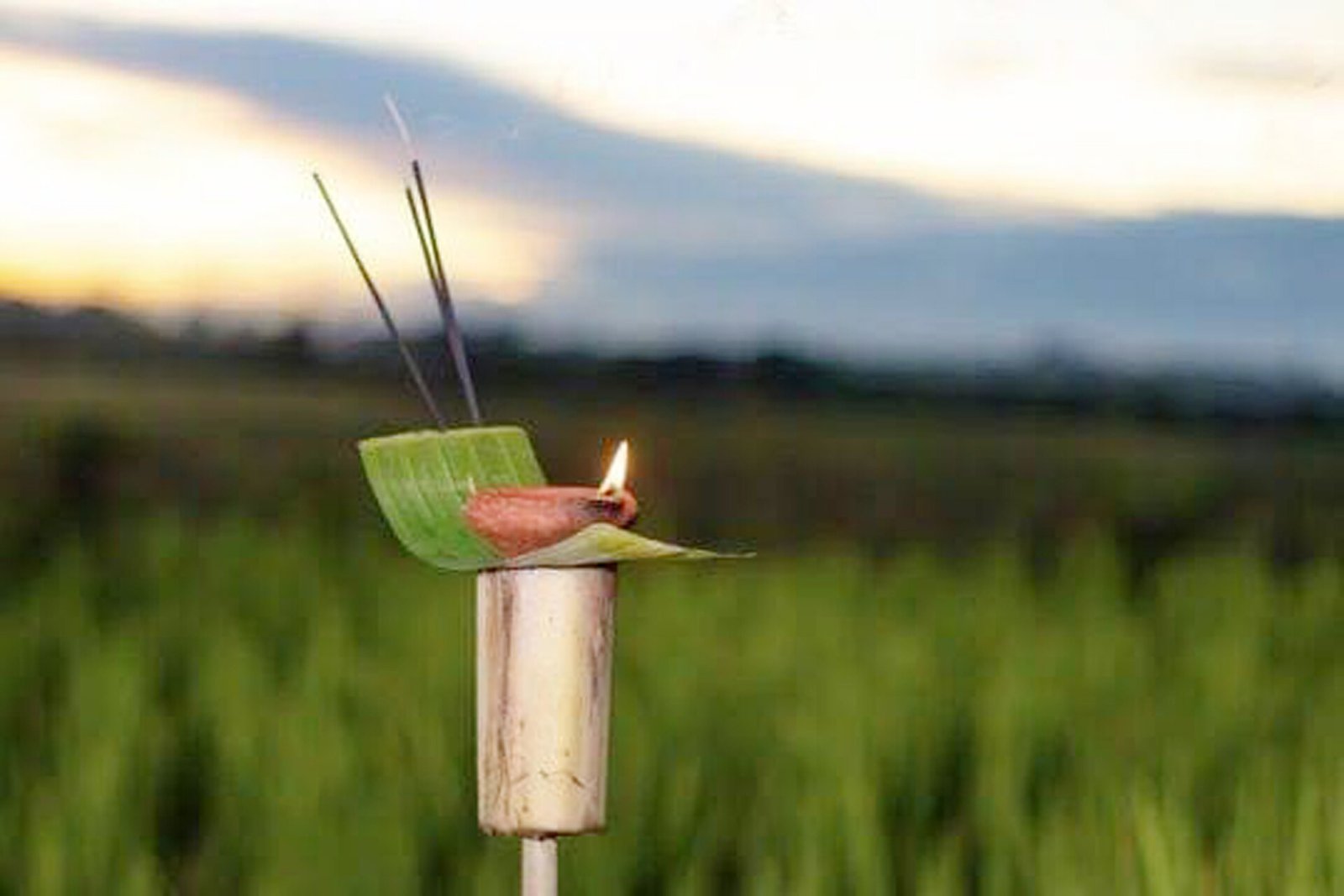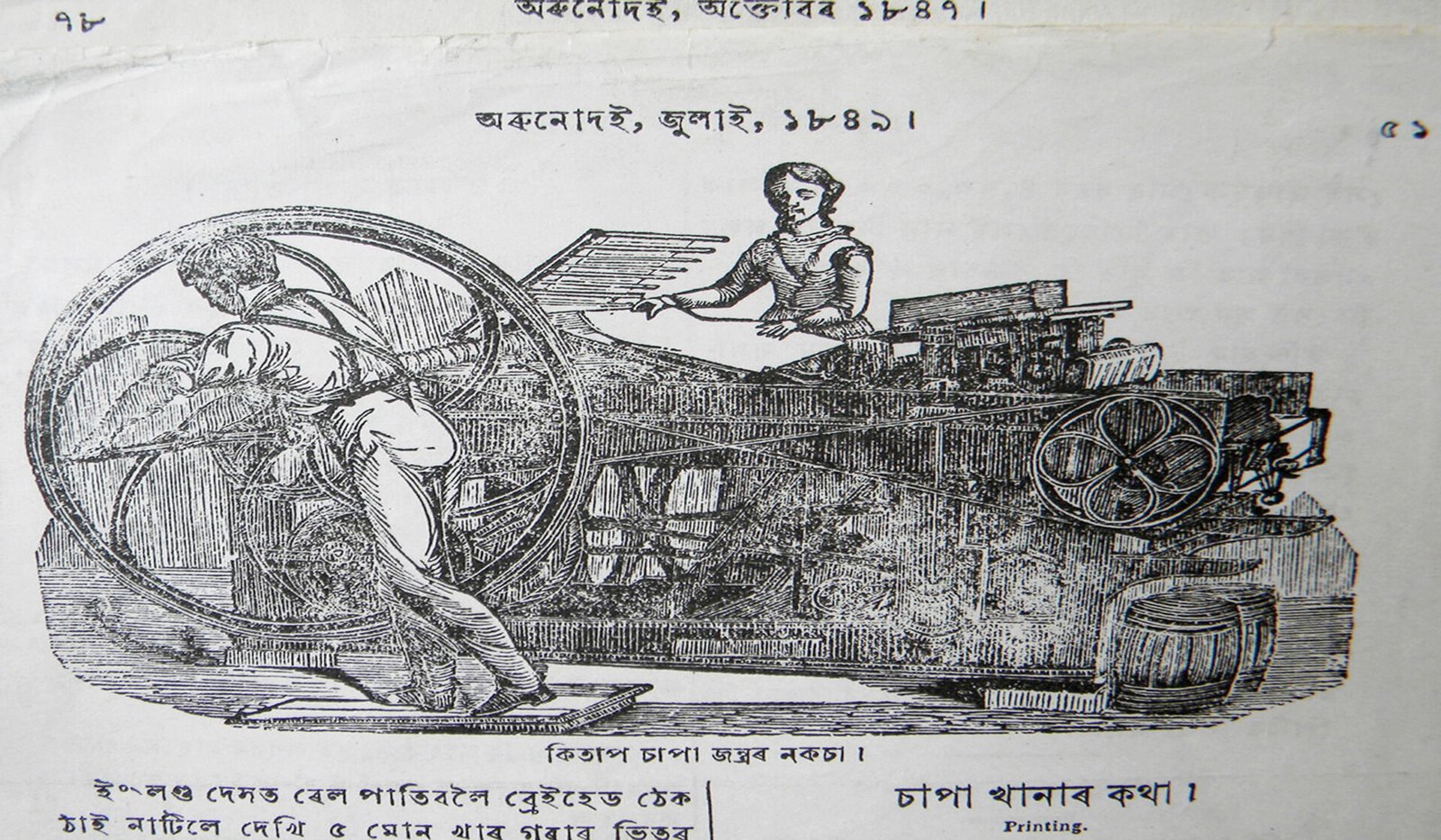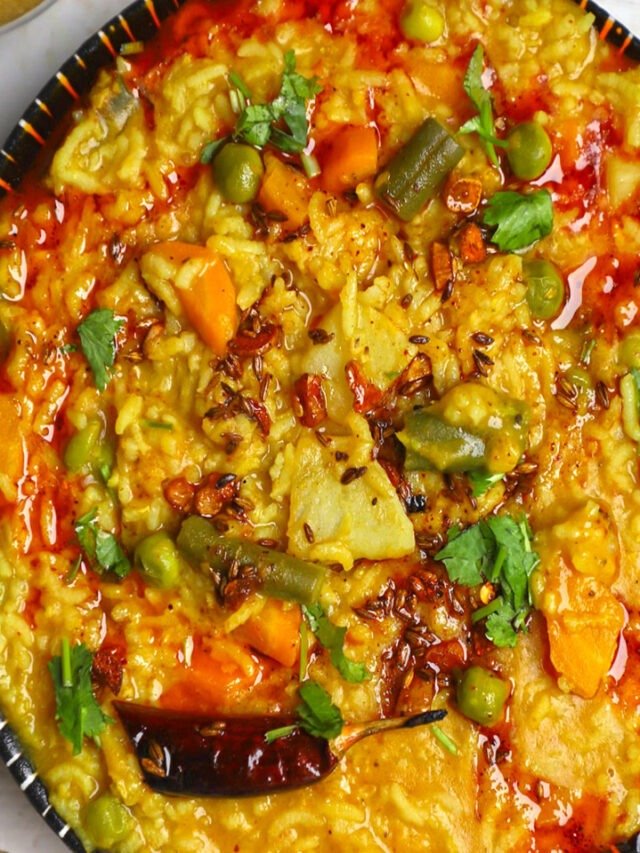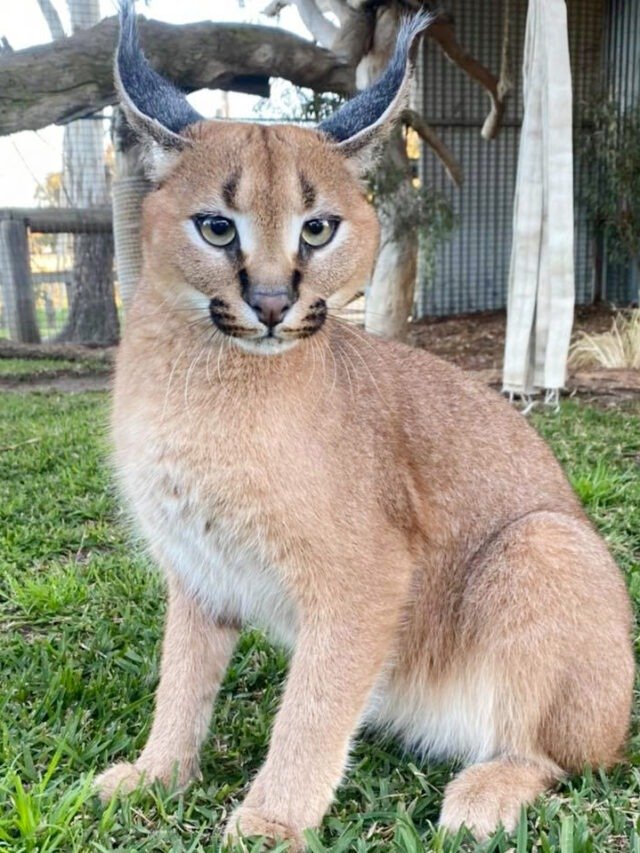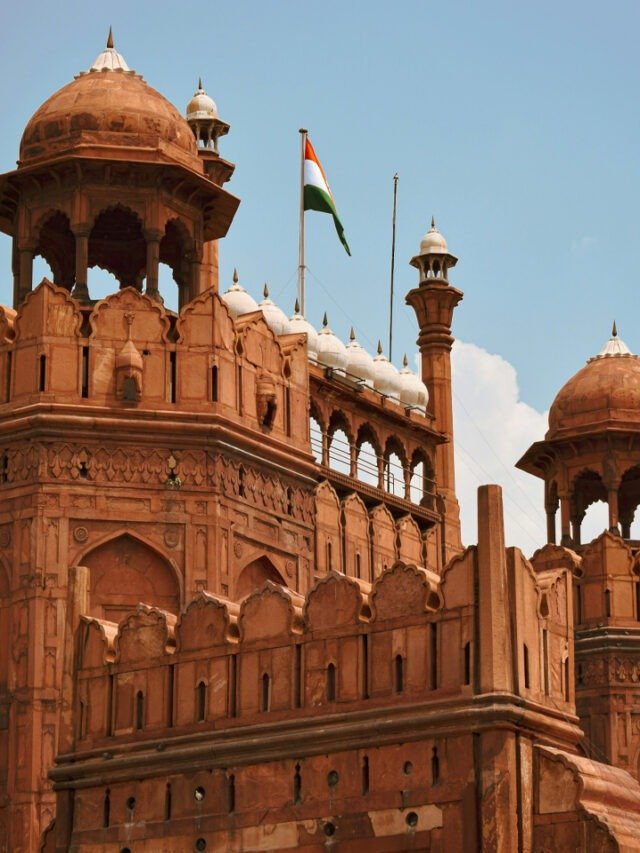By: Arup Saikia
Bohag Bihu marks the arrival of spring and the beginning of Assamese new year. It’s mainly a harvest festival that lasts for seven days and is celebrated by various local ethnic communities in Assam. As during the primitive period drama originated from the hunting scene descriptions of early men, likewise, the existence of Bihu came into being because of the strong agrarian society’s expression of joy and love. It’s love literally – from reclusive amorous rendezvous under trees, in fields, groves, river banks to the modern decorated stage of today, Bihu has trod a long way to attain this position.
Evolution
Bihu, in ancient times was performed strictly inside permanent or formal locations until the Ahom monarch Rudra Singha invited a Bihu troupe to perform in his courtyard. After this, the stately performance of Bihu got royal recognition and more invitations to perform. This way the Bihu started its journey and today has become a mark of Assam’s identity.
Unifying force
No community of Assam can claim Bihu to be solely of their own. From Austro-Asiatic through Indo-Aryan to new immigrants across religion from the 19th century onward also contributed to the growth and formation of Bihu that we know today. Originally it is a tri-angular confluence of Austro-Asiatic, Tibeto-Burman and Indo-Aryan culture. Although the history behind its name derivation is still not clear, it is commonly believed that it may have come from, Bisu meaning joy into Tibeto-Burman dialect.
Costume
The festival is marked with joy and celebrations and hence all the attires worn during Bihu bear the colour red partially or totally as per the preference of the people.
Posture of dance and musical instruments
With the sound of drum (dhol), horn pipe (Pepa), cymbal (tal), flute and gogona (string instrument made of bamboo), the band of males known as Hussori fill the air with its tunes. This is followed by the female dancers who enter the stage subsequently swaying to music.
Social repercussion
During British rule newly born Assamese intelligentsia criticized Bihu or Bihu dance for having erotic undertone. As a festival of fertility its dancing posture has a human regenerating style in a sexually implicit manner. Educated Assamese of colonial India such as Haliram Dhekial Phukan, Anundoram Dhekial Phukan, Gunabhiram Baruah, Kamalakanta Bhattacharya, Ratneshwar Mahanta among others described Bihu as a festival of barbarians and uncivilized people. Even in the Guardian newspaper of the United Kingdom in 1898, Bhuddhinath Dilihial Bhattacharya characterized Bihu as a frenzied gathering of promiscuous dancers and demoralized Assamese.
But cultural luminaries like Jyoti Prasad Agarwala and Lakshminath Bezbaruah felt immense cultural credentials of Bihu and promoted it energetically.
Influence of Sankardeva
During the Vaishnavite movement of Sankardeva in the 15th and 16th century many words and classical music tunes were blended with Bihu songs which consequently made Bihu more gentrified and transcendental.
Modern Bihu
Bihu, till date has successfully managed to still be the essence of Assamese lifestyle. Over the ages, it has transformed in style yet kept its cultural identity intact. Bihu dance performed on a stage is the order of the day for many cities today given the urbanization but many villages still practice ‘Mukoli Bihu’ on open fields. However, this form of Bihu is a fairly modern version of Bihu performed under fig trees or on a river bank. On the other hand, stage Bihu was born in Betiani of Golaghat in 1929, later spread to Dergaon in 1935, Sibsagar 1941 and finally reached the Latasil playground in 1952 which opened a new chapter in the history of Bihu.
Commercial Bihu
Many professional audio-video teams have started recording Bihu performance for marketing it across the globe. As a result, Bihu has grown manifolds and broken prior boundaries of dominance mainly from the upper Assam region.
Nowadays professional singers sing Bihu songs with modern percussion, strings, keyboards etc in addition to traditional drums, cymbal, flute and gogona. Nevertheless, Bihu has been able to carry the cultural heritage of ages and lies in the mind of every Assamese.
(The writer is the Director of English Bhaona)


